I need a torch to sweat copper pipes...
diyourselfer
16 years ago
Related Stories
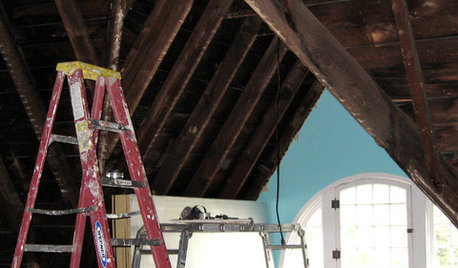
REMODELING GUIDES8 Lessons on Renovating a House from Someone Who's Living It
So you think DIY remodeling is going to be fun? Here is one homeowner's list of what you may be getting yourself into
Full Story
MOST POPULAR15 Remodeling ‘Uh-Oh’ Moments to Learn From
The road to successful design is paved with disaster stories. What’s yours?
Full Story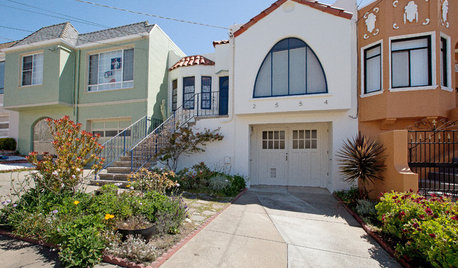
HOUZZ TOURSHouzz Tour: An Opportunity for Invention in San Francisco
Behind a typical 1936 facade lies a whole-house remodel that took patience, cost savviness and the owner's architectural skill
Full Story
GREAT HOME PROJECTSHow to Get a Pizza Oven for the Patio
New project for a new year: Light a fire under plans for an outdoor oven and claim the best pizza in town
Full Story
TASTEMAKERSPro Chefs Dish on Kitchens: Michael Symon Shares His Tastes
What does an Iron Chef go for in kitchen layout, appliances and lighting? Find out here
Full Story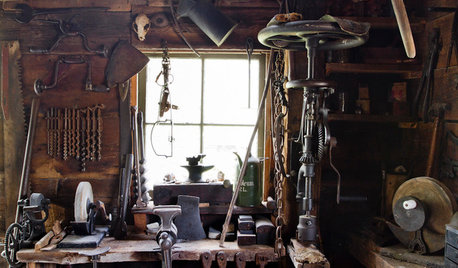
MATERIALSAre You a Maker? Show Us Your Favorite Tool or Material
Houzz Call: A tool or material can be a maker’s best friend. We’d like to see your favorite — and what it helps you achieve
Full Story
ARCHITECTUREHave Your Flat Roof and Your Snow Too
Laboring under the delusion that flat roofs are leaky, expensive and a pain to maintain? Find out the truth here
Full Story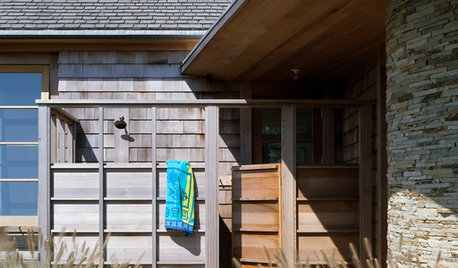
GREAT HOME PROJECTSHow to Add an Outdoor Shower
New project for a new year: Experience bathing in a whole new light with a shower in the fresh air
Full Story
GARDENING AND LANDSCAPINGPorch Life: Banish the Bugs
Don't let insects be the bane of your sweet tea and swing time. These screening and product ideas will help keep bugs at bay on the porch
Full Story





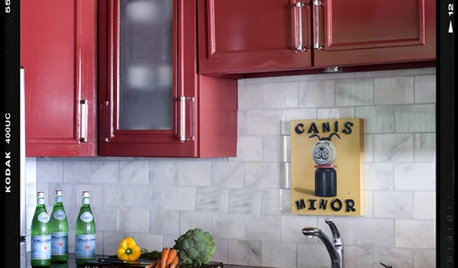
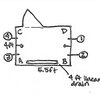

randy427
lazypup
Related Professionals
Milford Plumbers · Arlington Handyman · Hopewell Kitchen & Bathroom Remodelers · Andover Kitchen & Bathroom Remodelers · Auburn Kitchen & Bathroom Remodelers · Buffalo Grove Kitchen & Bathroom Remodelers · Glendale Kitchen & Bathroom Remodelers · Jefferson Hills Kitchen & Bathroom Remodelers · Payson Kitchen & Bathroom Remodelers · Pearl City Kitchen & Bathroom Remodelers · Port Angeles Kitchen & Bathroom Remodelers · Saint Helens Kitchen & Bathroom Remodelers · Waukegan Kitchen & Bathroom Remodelers · Lawndale Kitchen & Bathroom Remodelers · Fairmont Kitchen & Bathroom Remodelershomebound
coolvt
formula1
homebound
diyourselferOriginal Author
homebound
mike13
lazypup
lazypup
homebound